Ron Arad: Restless, London
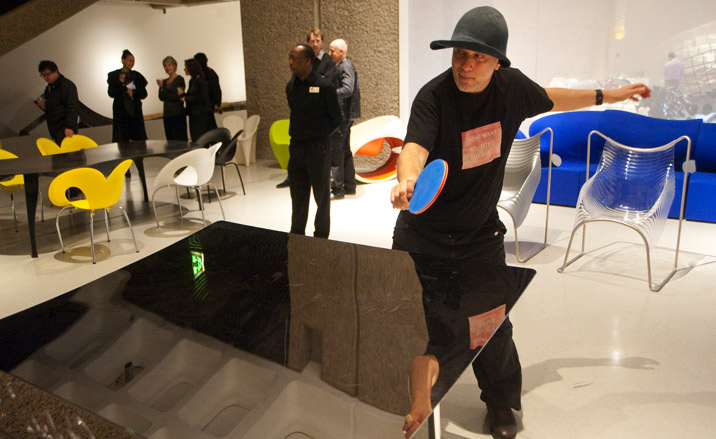
The Barbican’s new retrospective of Ron Arad’s career charts 30 years of risk-taking, eccentricity and experimentation – the hallmarks that have secured his place among design royalty.
‘Ron Arad: Restless’ is the first major show of his work in the UK and, with over 120 pieces, ranging from the familiar personalities of his post-punk years, like the Well-Tempered Chair of 1986 – a puffed-up steel take on the traditional club chair – to his pioneering experiments with technology, it's a thorough education in Arad's singular approach to design.
The show captures the comfortable collision of work and play in the artist-cum-designer’s oeuvre. Chairs rock or roll, while shelves flex and sway. Together with young London designers Tom Foulsham and Valentin Vodev he has even devised special tricks for certain items, to demonstrate their range of motion.
This isn’t a show you tiptoe round in silence. Here, the Barbican has ditched its usual ‘don’t touch’ attitude. Instead you are invited to experience, recline in and play with the work. You can even compete with fellow visitors on Arad’s own stainless steel ping pong table.
Architectural projects on show include the rotating restaurant and gallery Les Diablerets in Gstaad and the freshly opened Mediacite shopping complex in Belgium. Crowning these his radical new Holon Design Museum in Israel, opening at the beginning of March, with its undulating curves of Corton steel.
The exhibition also offers an intimate sense of the London-based designer in action. Two workshop recreations display pieces part-way through production and short films show the artist crafting his pieces. There are also rarely seen before prototypes, revealing the tumultuous path from idea to final product. These, and the number of works on show, prove the aptness of the exhibition’s title – that Arad is, indeed, a man who never sits still.
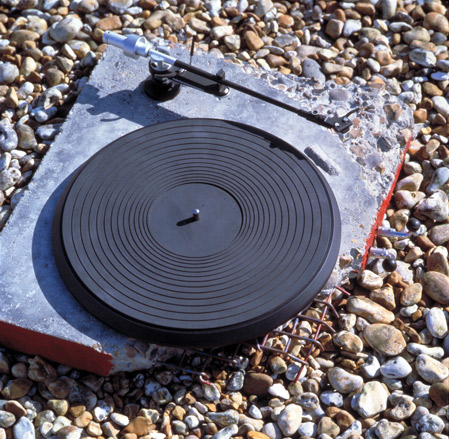
Concrete Stereo, 1983
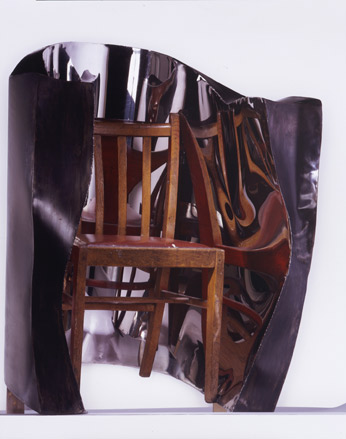
Chair By Its Cover, 1989.
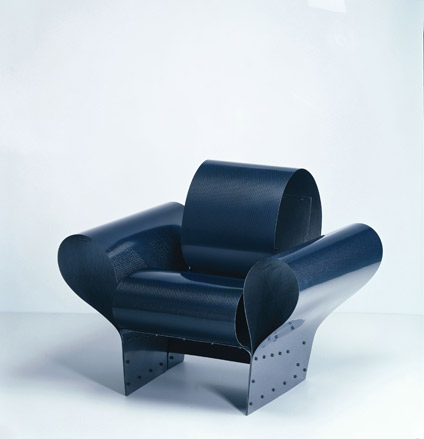
Bad-Tempered Chair, 2002.
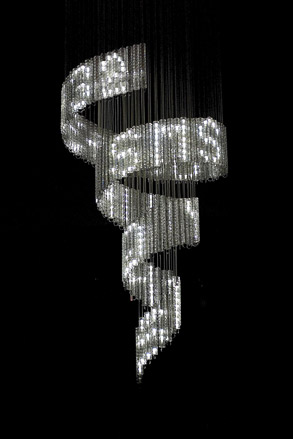
Lolita, 2004. Photo by Spencer Tsai.
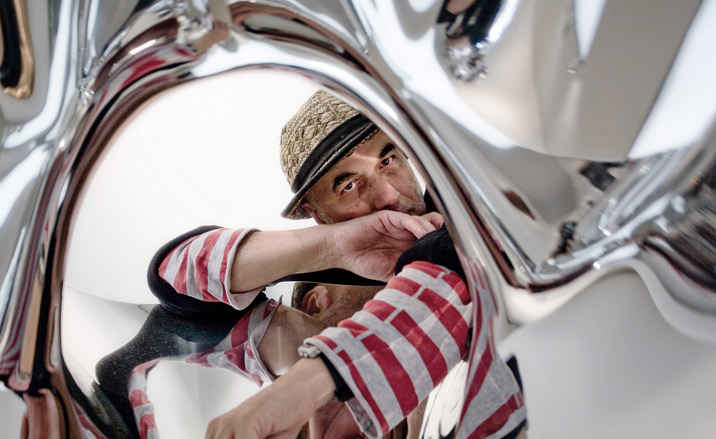
Ron Arad
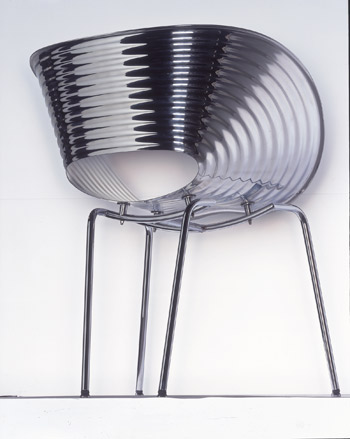
Tom Vac, 1997.
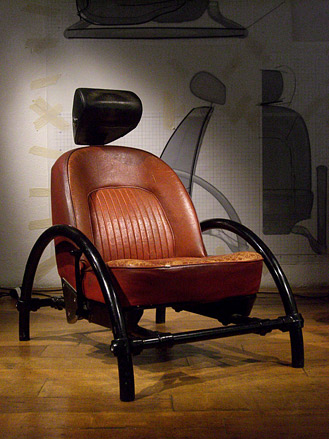
The Rover Chair, 1981.

Gomli, 2008. Photo by Todd White Art.

Oh, the Farmer and the Cowman Should Be Friends, 2009
Receive our daily digest of inspiration, escapism and design stories from around the world direct to your inbox.
Malaika Byng is an editor, writer and consultant covering everything from architecture, design and ecology to art and craft. She was online editor for Wallpaper* magazine for three years and more recently editor of Crafts magazine, until she decided to go freelance in 2022. Based in London, she now writes for the Financial Times, Metropolis, Kinfolk and The Plant, among others.
-
 Men’s Fashion Week A/W 2026 is almost here. Here’s what to expect
Men’s Fashion Week A/W 2026 is almost here. Here’s what to expectFrom this season’s roster of Pitti Uomo guest designers to Jonathan Anderson’s sophomore men’s collection at Dior – as well as Véronique Nichanian’s Hermès swansong – everything to look out for at Men’s Fashion Week A/W 2026
-
 The international design fairs shaping 2026
The international design fairs shaping 2026Passports at the ready as Wallpaper* maps out the year’s best design fairs, from established fixtures to new arrivals.
-
 The eight hotly awaited art-venue openings we are most looking forward to in 2026
The eight hotly awaited art-venue openings we are most looking forward to in 2026With major new institutions gearing up to open their doors, it is set to be a big year in the art world. Here is what to look out for